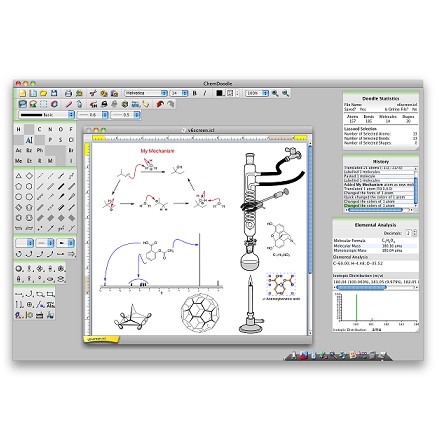


The ChemDoodle Web Components technology stack and features Mobile browsers did support HTML5, which opened the door to web applications built with only HTML, CSS and JavaScript (JS), such as the ChemDoodle Web Components. In 2007 however, the hardware landscape changed dramatically with the introduction of mobile devices that did not support third party plugins such as Flash or Java applets. JME, a molecular editor, was later integrated into Jmol to add chemical structure upload and editing functionality. In 2004 Jmol, a Java applet, was released to replace Chime and provide an open source and operating system independent solution to the growing number of web browsers. Based on the molecular visualization program RasMol, Chime was developed as a plugin for Netscape and later for Internet Explorer and Firefox. The first chemical graphics toolkit for the web, MDL Chime, was introduced in 1996. Companies that implement emerging web technologies can find efficiencies and benefit from competitive advantages. Learning management systems, virtual classrooms and MOOCs are a few examples where chemistry educators need forward compatible tools for digital natives.

How we communicate chemical information is increasingly technology driven.


 0 kommentar(er)
0 kommentar(er)
